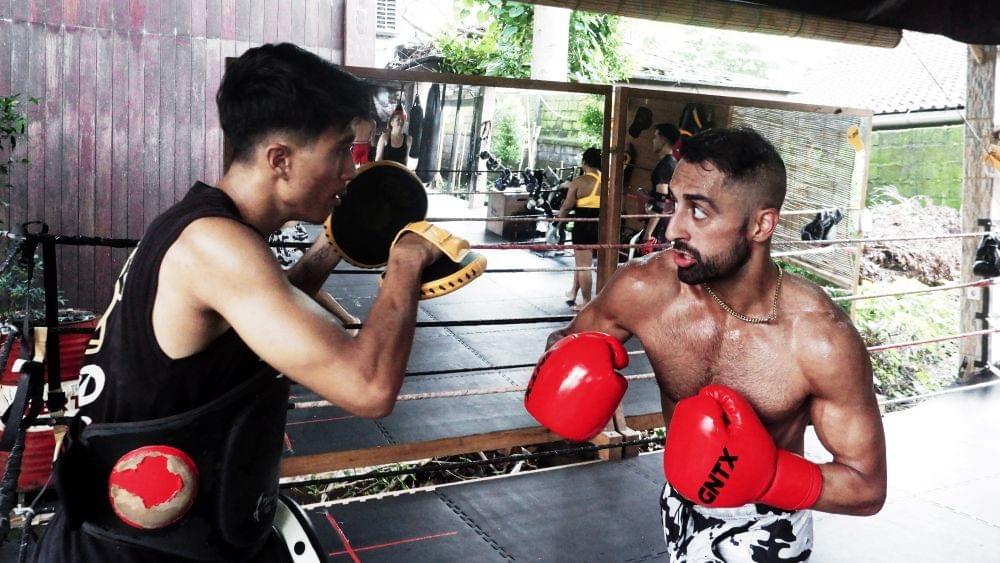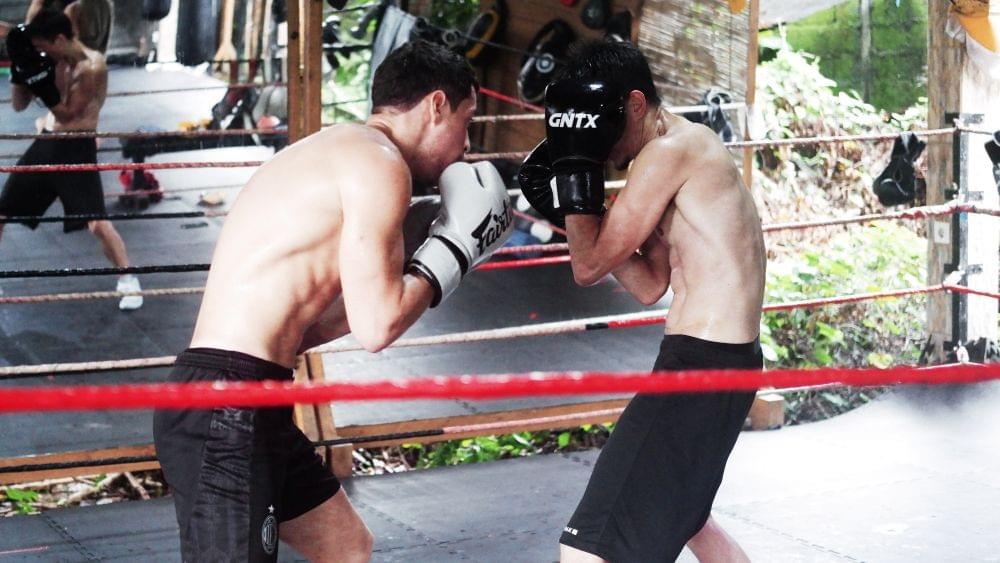Ever watched a fight and thought, "How did they dodge that punch so fast?" It’s not just about speed, it’s reaction. In boxing, milliseconds matter. The ability to read a punch, process it, and respond instantly can be the difference between landing a clean counter and getting caught off guard. While power gets the highlight reels, it's sharp reflexes that win exchanges, protect your chin, and keep you one step ahead.
So how do top fighters build that instinct? Through focused, consistent reaction training in boxing, and the right drills make all the difference. In this article, we’re diving into the boxing reaction drills that actually work to sharpen your timing, awareness, and in-ring IQ, so you’re never the one standing still.
Why Fast Reflexes Matter More Than You Think in Boxing
At a glance, boxing looks like a game of strength and strategy, but underneath that is a constant battle of timing. The ability to react quickly makes the difference between slipping a punch or eating one. It’s what helps you capitalize on split-second openings and avoid costly mistakes.

Fast reactions in boxing aren’t just physical; they’re a mix of visual processing, decision-making, and motor response. And while some fighters are naturally quicker than others, reaction time is absolutely something you can train and improve. The more you condition your body and mind to recognize cues, the faster you’ll respond with the right movement, whether it’s a punch, slip, counter, or footwork adjustment.
Improving reaction time also boosts confidence. When you trust your reflexes, you stay more relaxed under pressure, conserve energy, and make smarter decisions mid-fight. You’re not guessing, you’re reading and responding.
Best Boxing Drills to Improve Reaction Time
1. Slip Line Drill
The slip line is a classic boxing tool for a reason. It trains head movement, balance, and timing, three components that form the core of reactive defense. This drill simulates dodging straight punches by forcing you to move your head offline without losing stance or posture. It helps build automatic reactions to incoming punches, which is crucial in fast-paced exchanges.
Over time, it teaches your body to slip instinctively, without hesitation, and to stay grounded while avoiding shots.
How to do it:
- Tie a string, resistance band, or rope between two points at roughly shoulder or nose height.
- Stand in your boxing stance and move along the line, slipping your head left and right under it.
- Keep your knees bent, heels slightly raised, and hands in guard position throughout.
- Add variation by mixing in rolls, pivots, and punches as you move.
- Perform for timed rounds (e.g., 3 minutes), focusing on smooth, controlled motion, not speed.
2. Reaction Ball or Tennis Ball Drop Drill
This simple but powerful drill develops hand-eye coordination, visual tracking, and quick-twitch muscle response. It’s used by elite athletes across sports because it forces your nervous system to respond instantly to unpredictable movement. For boxers, this helps simulate reacting to punches or openings without visual preparation, training your reflexes to fire even without warning.
How to do it:
- Have a partner hold a tennis ball or reaction ball at shoulder or eye level.
- Without signaling, they drop the ball straight down.
- Try to catch it before it hits the floor (or after one bounce if needed).
- Increase difficulty by adding lateral movement before the drop.
- If solo, bounce the ball off a wall and catch it quickly with alternating hands.
3. Pad Reaction Rounds
Pad rounds become far more effective when they include random cues and sudden changes. Rather than feeding a fixed combo, your pad holder surprises you with spontaneous attacks, creating a reactive environment that mimics real fights. These drills push your ability to transition between offense and defense without losing focus or rhythm.
- How to do it:
- Work with a pad holder who includes surprise punches between standard combos (e.g., random hooks, jabs).
- React with slips, parries, or quick counters based on the situation.
- Mix in broken rhythm patterns where punches aren’t called out in advance.
- Stay relaxed, maintain good posture, and focus on reading visual cues, not verbal ones.
- Gradually increase tempo to elevate intensity while maintaining control.
4. Light Technical Sparring

Sparring isn’t just about practicing offense; it’s where your reactions are truly tested in real-time. Light technical sparring focuses on timing, movement, and control, giving you space to read and respond to your partner’s attacks without worrying about hard hits. This format allows your brain to process cues at a manageable pace, which sharpens reflexes more effectively than full-speed sparring for beginners.
How to do it:
- Agree with your partner to keep the contact light and focus on timing and reaction.
- Use real movement, setups, and combinations, but at 50–70% intensity.
- Prioritize defense, look for opportunities to slip, block, and counter naturally.
- Use longer rounds (3–5 minutes) to allow for pattern recognition and rhythm building
- Regularly switch partners to adapt to different styles and movement cues.
Fast hands are good, but fast decisions win fights. By including reaction training in your boxing routine, you're not just moving better; you’re thinking faster, reading more clearly, and defending more efficiently. It’s not about guessing. It’s about seeing, feeling, and firing at the perfect moment.
At Ubud Muay Thai, our boxing and Muay Thai programs are designed to develop complete fighters. That includes speed, skill, and yes, sharp reactions. Through structured drills, partner training, and live application, we help you build the instincts needed to perform under pressure.
Ready to react like a pro? Step into our gym in Ubud, Bali, and let’s train your reflexes for the real fight.

